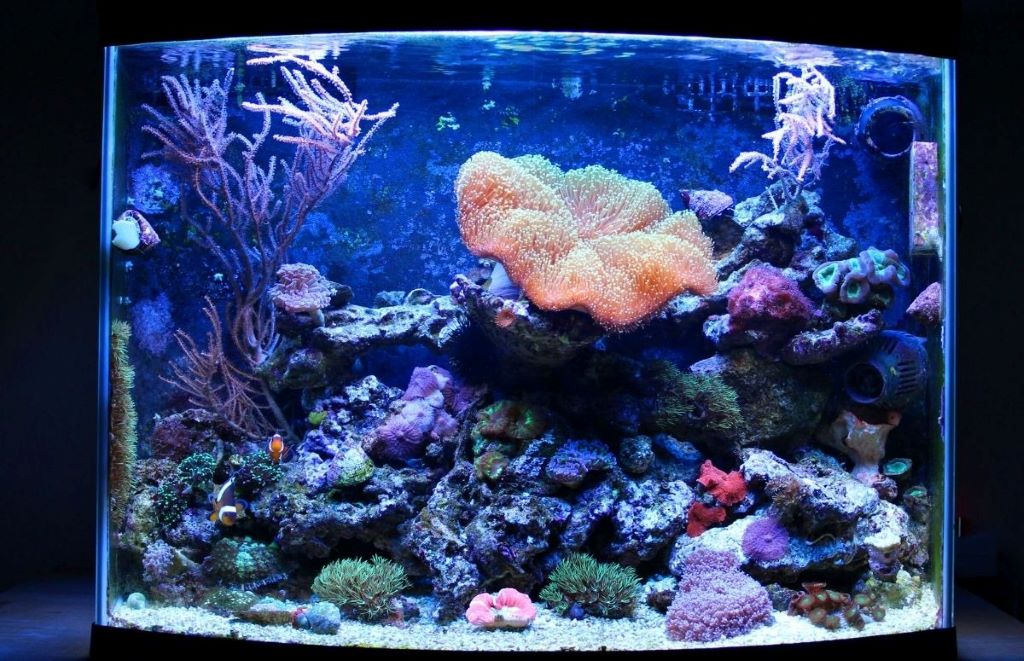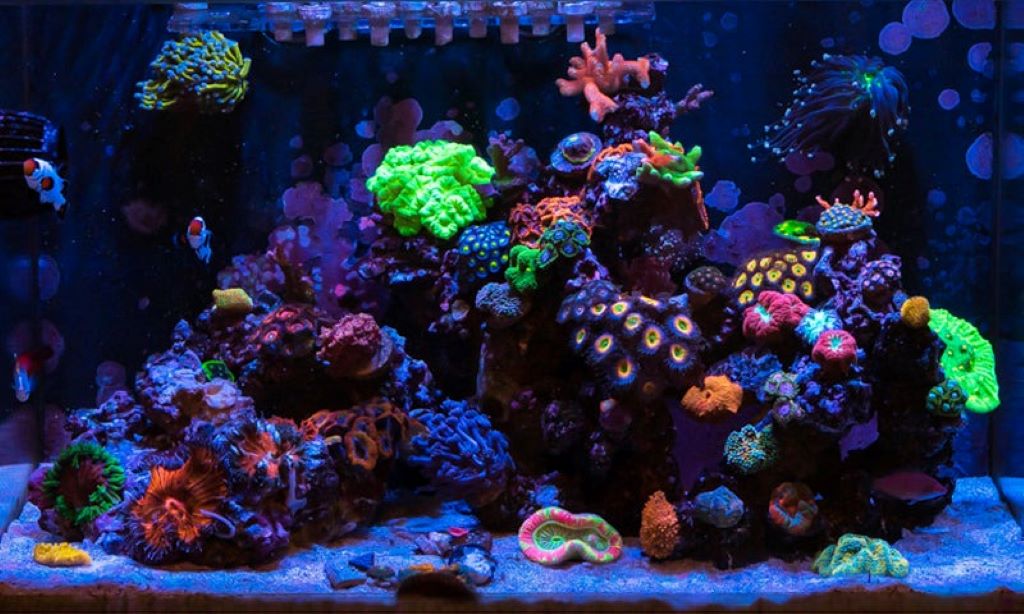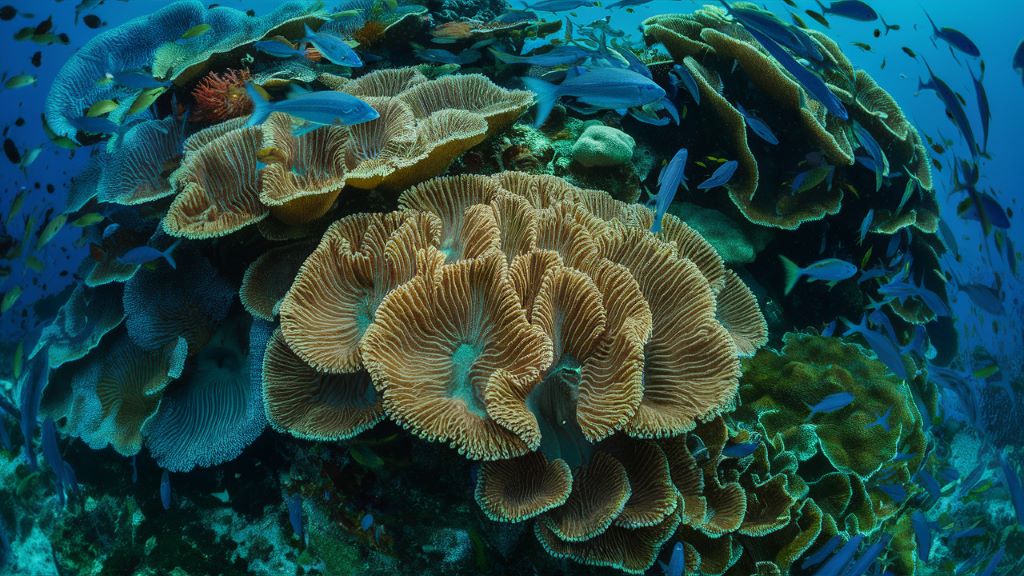Introduction: Why Reef Aquariums Are Making Waves
Reef aquariums are living masterpieces, blending marine biology and visual art into one mesmerizing display. But when it comes to starting your own reef tank, size truly matters—and not just for aesthetics. From nano aquariums ideal for beginners to full-scale reef systems suited for experienced aquarists, each size range offers unique challenges, costs, and care levels.
Understanding the full spectrum of reef aquarium types is essential for choosing the right setup that aligns with your space, budget, and reef-keeping goals.
Nano Reef Aquariums (5–30 Gallons)
Nano reef tanks are compact, stylish, and increasingly popular with urban dwellers and beginners.
✅ Pros:
-
Affordable to set up and maintain
-
Ideal for small spaces
-
Faster cycling times
❌ Cons:
-
Water chemistry fluctuates rapidly due to small volume
-
Limited livestock choices (e.g., no tangs or large coral colonies)
-
Requires meticulous monitoring
Nano tanks are great for soft corals, small gobies, and shrimp. However, you’ll need to be extra cautious with feeding and filtration, as toxicity builds up quickly in smaller systems (Reef Builders, 2024).
Mid-Size Reef Aquariums (30–75 Gallons)
This is the sweet spot for most reef keepers, offering a balance between manageability and diversity.
✅ Pros:
-
More room for coral growth and small fish schools
-
Easier to stabilize parameters
-
Compatible with auto-dosing and filtration equipment
❌ Cons:
-
Higher equipment cost than nano tanks
-
Requires more water changes and cleaning effort
Mid-size tanks are excellent for LPS corals, clownfish, wrasses, and even beginner SPS corals with the right lighting setup.
According to Bulk Reef Supply, 40–60 gallons is often recommended as the ideal size for reef tank beginners wanting longevity and flexibility (Bulk Reef Supply, 2025).
Large Reef Aquariums (75–180 Gallons)
Stepping into the large tank realm allows for more biodiversity and long-term coral growth.
✅ Pros:
-
More stable ecosystem
-
Capable of supporting tangs, angelfish, and extensive coral colonies
-
Less sensitive to dosing mistakes or evaporation
❌ Cons:
-
Costly setup and operation
-
Takes longer to cycle and stock
-
Requires reinforced stands and often dedicated plumbing
Large aquariums are perfect for reefers ready to automate many aspects (ATO, calcium reactors, refugiums) and willing to invest in high-end lighting, skimmers, and water movement systems.

Full-Scale or Custom Reef Systems (180+ Gallons)
These are reef showcases, often seen in public aquariums or luxury homes. While breathtaking, they demand expertise.
✅ Pros:
-
Unlimited creative freedom: reef biotopes, massive aquascapes, mixed reefs
-
Professional-grade automation and stability
-
Long-term investment with minimal parameter swings
❌ Cons:
-
Expensive setup and operating costs
-
Space and structural requirements (floor load, plumbing access)
-
High energy consumption
These systems often require dedicated rooms or fish rooms to manage sump systems, controllers, and quarantine tanks.
According to Reef2Reef community polls, full-scale tanks see fewer fish losses and coral crashes, but require professional-level knowledge (Reef2Reef Forums, 2025). Discover Also:
Dive into the World of Nano Reef Aquarium: A Comprehensive Guide
Comparison Table: Reef Aquarium Types at a Glance
| Size Range | Gallons | Best For | Key Challenge |
|---|---|---|---|
| Nano | 5–30 gal | Beginners, small spaces | Rapid water parameter swings |
| Mid-Size | 30–75 gal | Intermediate reefers | Moderate equipment needs |
| Large | 75–180 gal | Enthusiasts, mixed coral tanks | Maintenance & cost |
| Full-Scale | 180+ gal | Experts, custom builds | Infrastructure & complexity |
What Tank Size Is Right for You?
Choosing the right size depends on your goals, time, and budget. Ask yourself:
-
Do I want a beginner-friendly tank with minimal maintenance? → Start with a nano or mid-size.
-
Am I building a centerpiece for my home? → Consider a large or full-scale reef.
-
Do I plan to keep SPS corals and tangs? → You’ll need at least 75+ gallons.
-
Do I enjoy automation and complex systems? → Full-scale might be worth the investment.
Tech & Tools to Consider (All Sizes)
Regardless of size, these tools help maintain stability and coral health:
-
RO/DI water system – For clean top-offs and saltwater mixing
-
Protein skimmer – Especially important above 30 gallons
-
LED reef lighting – Tailored PAR spectrum for coral growth
-
Heater and chiller – To control seasonal temperature shifts
-
Auto top-off (ATO) – Reduces salinity fluctuations
As Marine Depot highlights, modern reef tanks increasingly rely on smart controllers and AI-powered sensors to maintain stability and alert users in real time (Marine Depot, 2025).
Read More: Soft Coral Reef Aquarium: Your Own Slice of the Ocean
Featured Snippet
Q: What is the best size reef tank for beginners?
A: A 40–60 gallon reef aquarium is ideal for beginners, offering stability, diverse stocking options, and manageable maintenance.
FAQs
1. Are nano reef tanks harder to maintain?
Yes, because small water volume causes rapid fluctuations in salinity, temperature, and toxins.
2. Can I upgrade my tank size later?
Absolutely! Many reefers start small and upgrade as their coral and fish collection grows.
3. Do larger reef tanks need fewer water changes?
They’re more stable, but still require regular water changes for nutrient control and coral health.
4. What’s the most budget-friendly option?
Nano tanks are cheapest upfront, but mid-size tanks offer better long-term value with fewer livestock losses.
5. How long should I cycle a new reef tank?
Cycle times vary by size and method, but generally 4–8 weeks before adding coral or fish.
Final Thoughts: Start Small or Go Big—But Go Smart
The beauty of reef aquariums is that they come in all shapes and sizes. Whether you’re a casual hobbyist or a die-hard aquarist, there’s a perfect tank size for your lifestyle. The key is matching your expectations to the system size—because when the right reef meets the right setup, the ocean comes alive in your living room.




